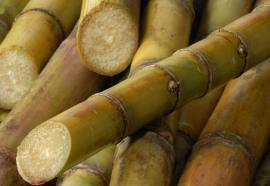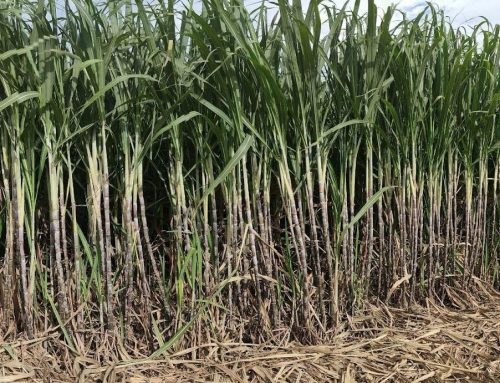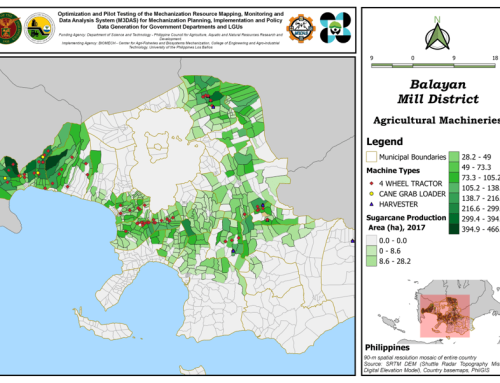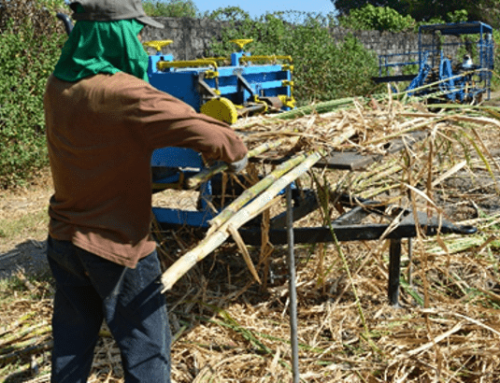In this Article

The sugar sector contributes about P90 billion to the Philippine economy annually. Sugarcane is planted in 17 provinces in the Philippines with an estimate of 84,000 farmers and more than 400,000 hectares of land. At present, there are 28 operational sugar mills in the country. This research brief focuses on the issue of sugar liberalization in the country. The current reform was implemented by the government to allow users to directly import sugar and cut costs by bringing down local prices. This SER Brief discusses the actions taken on liberalizing sugar, its impacts on the users, and what should be considered.
Initiatives in Liberalizing Sugar Trade
In September 2018, the government has initiated moves to liberalize sugar imports in the country for the first time. The Sugar Regulatory Administration (SRA) decided to allow the importation of a large volume of refined and raw sugar (up to 200,000 metric tons [mt]) at one instance. In the following month, it allowed an additional importation of 100,000 metric tons. As a result, sugar prices have declined slightly from P65 per kilo for refined quality sugar to around P59 per kilo in March. According to the SRA, the government will liberalize sugar imports but tariff around 40 percent will still be imposed according to then Budget Secretary Diokno. He further said that the planned liberalization of sugar imports would negatively affect local producers, however, this would benefit a greater number of consumers since there are more consumers than sugar producers. At present, tariff rates for sugar is 5 percent. The local confectionery industry also expressed its support for the government’s plan to open up the importation of sugar but wants tariff rate at 25 percent, while allowing them to directly import sugar.
Impacts of Sugar Liberalization
Raymond Montinola, Confederation of Sugar Producers Associations, Inc. (CONFED) spokesperson, said one of the reasons why some want to have liberalization is that “they want to lower the price of sugar in the market so it would be beneficial to Filipino consumers.”
Who benefits the most from liberalization are not the household consumers since average consumption is seven to eight/kg/yr/HH. The Philippine Confectionery Biscuit and Snack Association (PCBSA) said that liberalizing sugar imports would help the industry to further grow, as it will gain more savings from the cheaper price of the commodity. These savings can be invested instead to boost operations. The confectionary industry is a heavy user of the commodity, as sugar constitutes 50-70% of confectionery items.
Considerations in Liberalizing Sugar Trade
The competitiveness study funded by PCAARRD indicates that the country’s sugar is import and export competitive. However, the industry needs further support, which have to be provided before any serious consideration of liberalizing trade. Among the policies PCAARRD fully supports is the RA 10659 or the Sugarcane Industry Development Act (SIDA). SIDA was approved in April 2015. The law mandates that the government shall provide two billion pesos to the industry allocated as follows: (a) fifteen percent (15%) for grants to block farms under the Block Farm Program; (b) fifteen percent (15%) for socialized credit under the Farm Support and Farm Mechanization Programs; (c) fifteen percent (15%) for R&D, capability building and technology transfer activities, extensions, human resources development, and farm support programs; (d) five percent (5%) for scholarship grants to be provided to human resources development; and (e) fifty percent (50%) for infrastructure support programs. SIDA primarily aims to enhance the competitiveness of the sugarcane industry and maximize the utilization of sugarcane resources, and improve the incomes of farmers/ farm workers, through improved productivity, product diversification, job generation, and increased efficiency of sugar mills. The SRA, the DA, the DAR and other concerned government agencies shall provide common service facilities, such as farm machineries and implements, grants or start-up funding for the needed production inputs, technology adoption, livelihood and skills training and other development activities for the block farm and its members, and other support activities that may be identified. The impact of climate change in the sugarcane areas is also felt in sugarcane producing areas. Hence, to solve this concern, improvement on the varieties of planting materials, establishment of nurseries, improve fertilizer use efficiency and improved irrigation systems should be considered.
PCAARRD Initiatives in Supporting the Sugar Industry
PCAARRD funded the development of technology, Nutrio, a foliar biofertilizer that makes the plant grow healthy and boost the yield of sugarcane. It also reduces chemical fertilizer usage, thereby reducing the cost of production. Nutrio has been tested in the farm of Congressman Villanueva in Tarlac and was found to increase the yield to 156 ton canes per hectare. The Council also invested in improving the mechanization of sugar production. Among the outputs of that investment is the technology on automated furrow irrigation systems. This seeks to provide irrigation with lesser labor and this has been tested at the farm in Floridablanca, Pampanga.
Based on the socio-economic Brief written by Tobias, A.M. (2019). Initiatives and Implications of Philippine Sugar Liberalization. Los Baños, Laguna, Philippines: Philippine Council for Agriculture, Aquatic and Natural Resources Research and Development.








